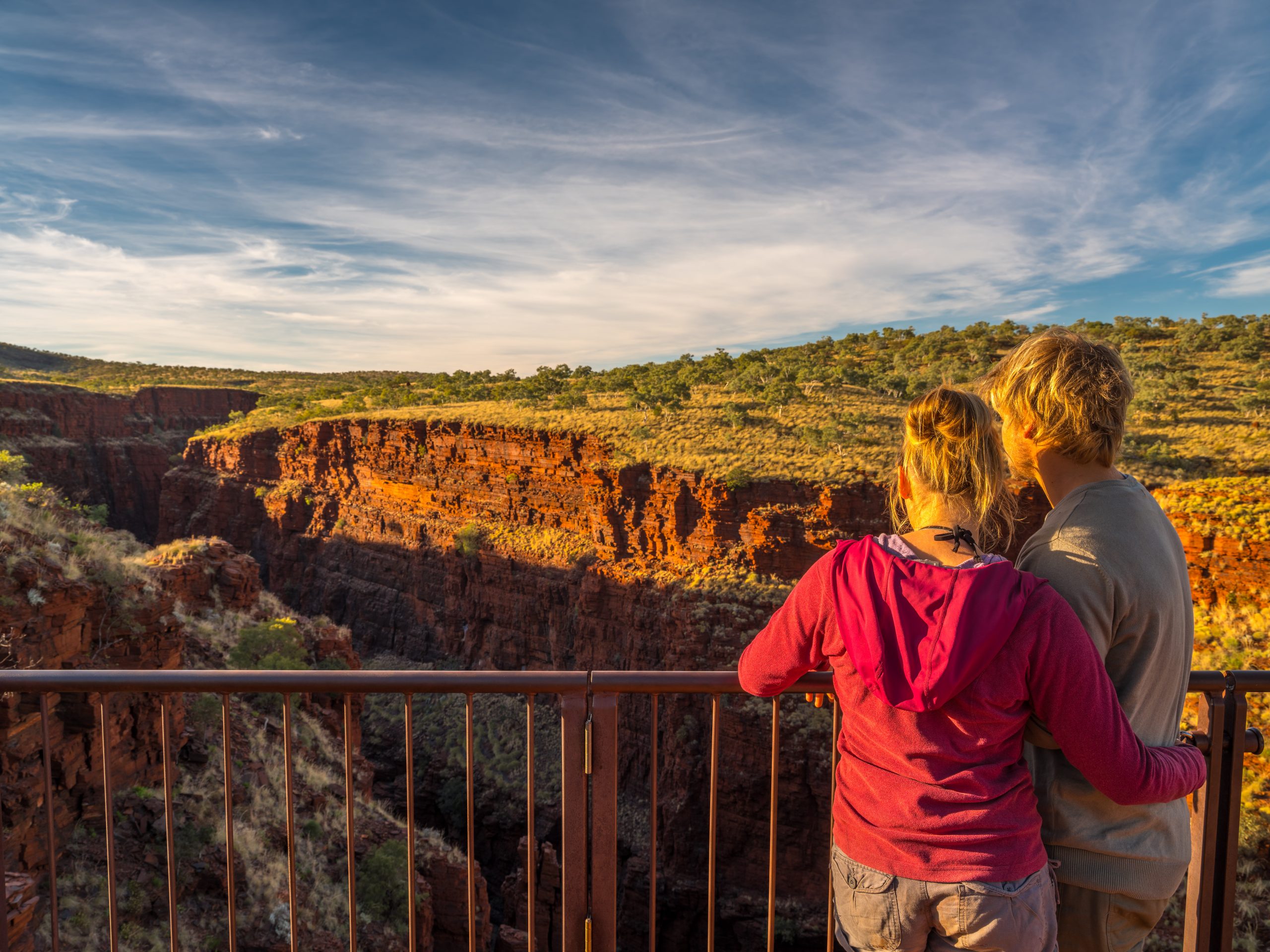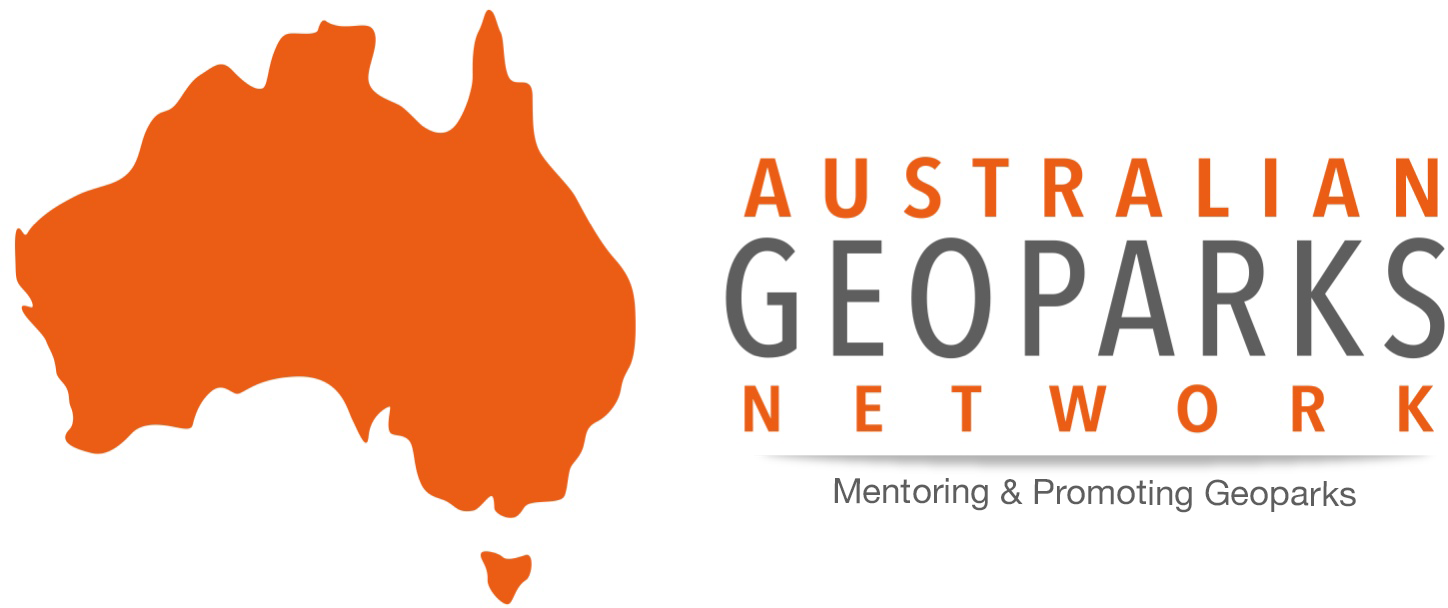Geoparks in the Current Australian Context
Currently, Australian governments have not accepted the establishment of geoparks in Australia. This is despite there being 177 geoparks established in 46 countries around the world. Every continent apart from Australia has a geopark. Governments have based their policy position on perceptions that there might be public confusion over the use of the word ‘park’; mining and pastoralism might be impacted through community pressure towards more conservation measures; and a 2009 communique by the former Environment Protection and Heritage Council that also attributed this policy to the manner in which Australia’s first UNESCO Global Geopark was initiated.
Subsequent correspondence has also revealed that the government attitude reflects a view that there is sufficient legislation at Federal and State/territory level to protect geoheritage sites and therefore, geoparks are not required.


However, this narrow view overlooks the holistic approach that geoparks incorporate. Geoparks are more than geology. Initially geoparks were established to conserve and protect geoheritage sites from vandalism and the impacts of visiting tourists. Now, geoparks take a more holistic approach and use education and interpretation, along with sustainable development, to inform visitors about conservation of the environment.
Geoparks grow businesses and create employment. China and Europe have proven this to be the case. China has engaged with a geopark strategy to reverse rural decline. Europe has reported increased business development and employment because of geopark establishment.
Rural regions in Australia are facing declining populations as agricultural industry becomes more mechanized. Reduced services including local businesses, education, policing, and other government services are a reality. Less population also means less volunteers for community services such as ambulance, fire control and sports.
A 2020 PhD study of stakeholder’s perceptions about geoparks in the Wheatbelt of Western Australia revealed communities do not have negative perceptions about geoparks. Rather they view geoparks as a way to grow local businesses and create rural employment. These stakeholders consider geoparks as a viable option to coordinate tourism activities across local regions and to attract people to live in their communities.
In recent times there has been a rising level of community interest in establishing geoparks across Australia. Some supporting communities in the Eastern States of Australia (namely New South Wales, Victoria, and Queensland) have had their hopes dashed as the above perceptions have been allowed to dominate the discussions. To this end, the term georegions has been introduced as a means of facilitating a dialogue while the negative perceptions are being addressed. Notwithstanding these setbacks, in Western Australia there are several communities, supported by their Local Government Authorities, that are firmly looking towards establishing geoparks. One example is the Murchison GeoRegion which has been established in seven shires in the large outback Murchison area of Mid-West Western Australia. The georegion has had the support of the Mid-West Development Commission and all seven shire councils and communities. The region is now working towards establishing a geopark with the ultimate aim of applying for UNESCO Global Geopark status at an appropriate time in the future.
A further example is the northern New South Wales Glen Innis Highlands which is embracing the emerging global trend: geotourism. Glen Innes aims to be 1 of 3 Australian geo-regions nominated as an Aspiring UNESCO Global Geopark (Thrive 2030).
The others are:
• the Ku-ring-gai Chase National Park and Northern Beaches coastline of New South Wales
• the Murchison region of Western Australia.
Meanwhile, a National Geotourism Strategy is being drafted in the hope that a coordinated approach to geotourism will be adopted by the Australian States and Territories. The Australian Geoparks Network is a participant in the planning process and is a strong supporter of this approach.









